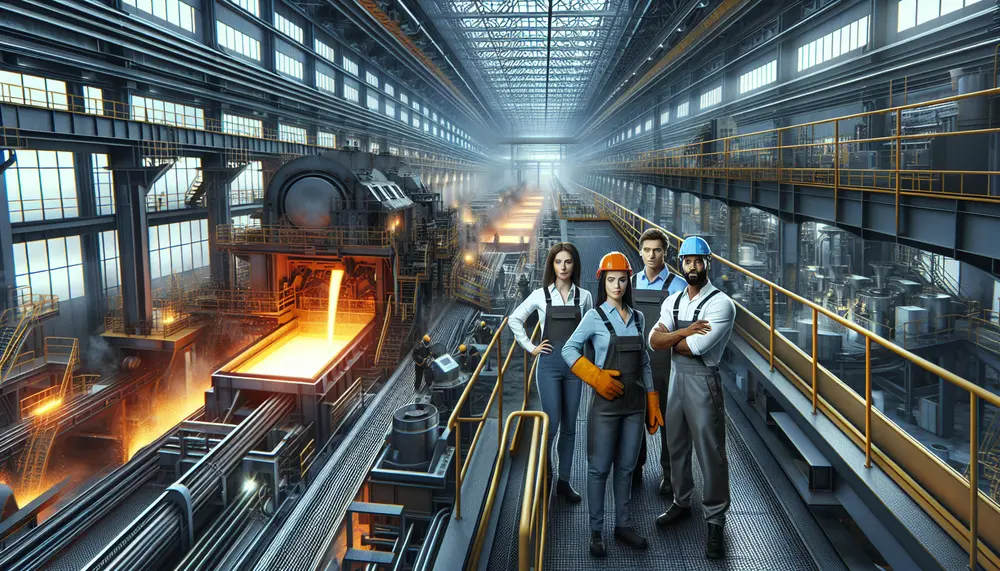Decarburization
Decarburization
Einführung in die Dekarbonisierung
Die Dekarbonisierung ist ein Schlüsselprozess in der Stahlproduktion. Dieser Begriff beschreibt den Vorgang, bei dem Carbon (Kohlenstoff) aus Eisen oder Stahl entfernt wird. Kohlenstoff ist ein wesentlicher Bestandteil von Stahl und beeinflusst seine Härte und Festigkeit. Durch die Dekarbonisierung können wir die Eigenschaften des Stahls anpassen.
Wie funktioniert die Dekarbonisierung?
Beim Prozess der Dekarbonisierung wird der Stahl erhitzt. Durch diese Hitze wird Kohlenstoff vom Stahl abgespalten. Das Ergebnis ist ein Stahl mit weniger Kohlenstoffgehalt. Je weniger Kohlenstoff der Stahl enthält, desto weicher und flexibler ist er. Die genaue Kontrolle des Dekarbonisierungsprozesses ist daher von entscheidender Bedeutung.
Anwendungen der Dekarbonisierung
Die Dekarbonisierung spielt eine wichtige Rolle im Stahlhandel. Da sie die Eigenschaften des Stahls verändert, ermöglicht sie eine maßgeschneiderte Produktion. So kann etwa ein Hersteller je nach Bedarf harten Stahl für Bauwerke oder weicheren Stahl für Autoteile herstellen.
Gefahren bei der Dekarbonisierung
Trotz aller Vorteile enthält die Dekarbonisierung auch Risiken. Wenn der Prozess nicht korrekt kontrolliert wird, kann er die Eigenschaften des Stahls negativ beeinflussen. Ein zu hoher Kohlenstoffverlust kann den Stahl spröde und anfällig für Brüche machen. Daher ist Expertenwissen und Präzision bei diesem Prozess unabdingbar.
Zusammenfassung
Die Dekarbonisierung ist ein wesentlicher Prozess in der Stahlproduktion. Sie beeinflusst die Eigenschaften des Stahls und ermöglicht so eine maßgeschneiderte Produktion. Bei korrekter Anwendung stellt sie eine unschätzbare Funktion in der Stahlproduktion und im Stahlhandel dar.
Blog Posts with the term: Decarburization
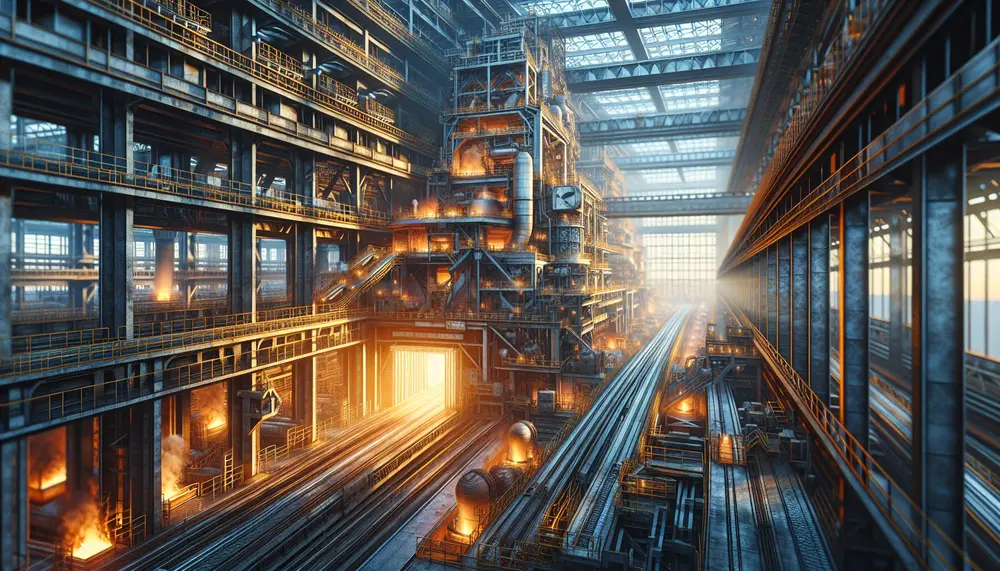
Steel making is a sophisticated process that turns iron ore into steel, involving methods like the Blast Furnace and Electric Arc Furnace to produce various grades of steel. The industry emphasizes sustainability by using additives and recycled materials while ensuring...
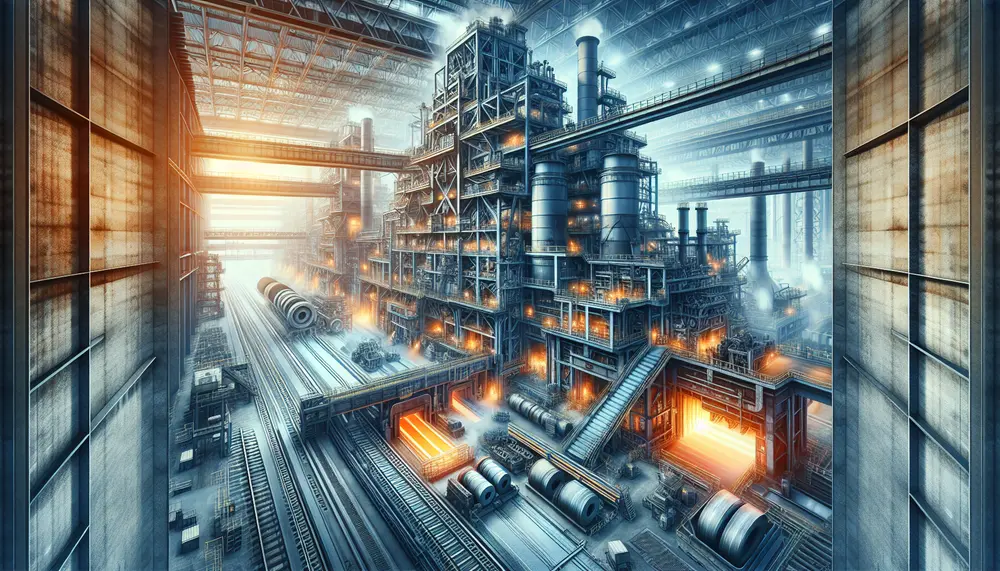
The article provides an overview of the steel making process, detailing how raw materials like iron ore, coke, and limestone are transformed into versatile and durable steel through a complex series of steps depicted in a flow diagram. It discusses...
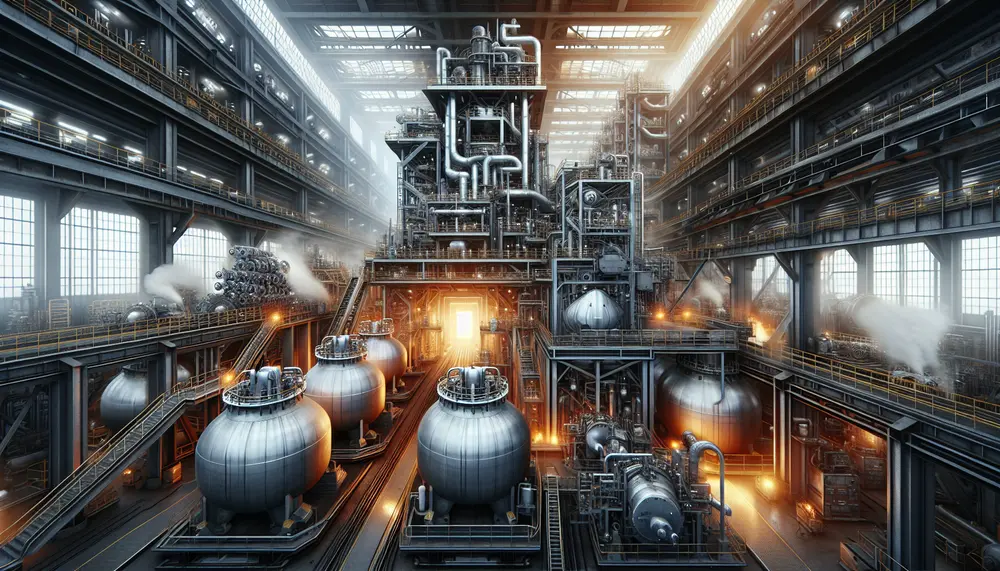
The Argon Oxygen Decarburization (AOD) process is a secondary steel making method that refines the composition of steel by reducing carbon content, using oxygen and inert gases like argon for controlled reactions. This technology allows for high-quality alloy production with...
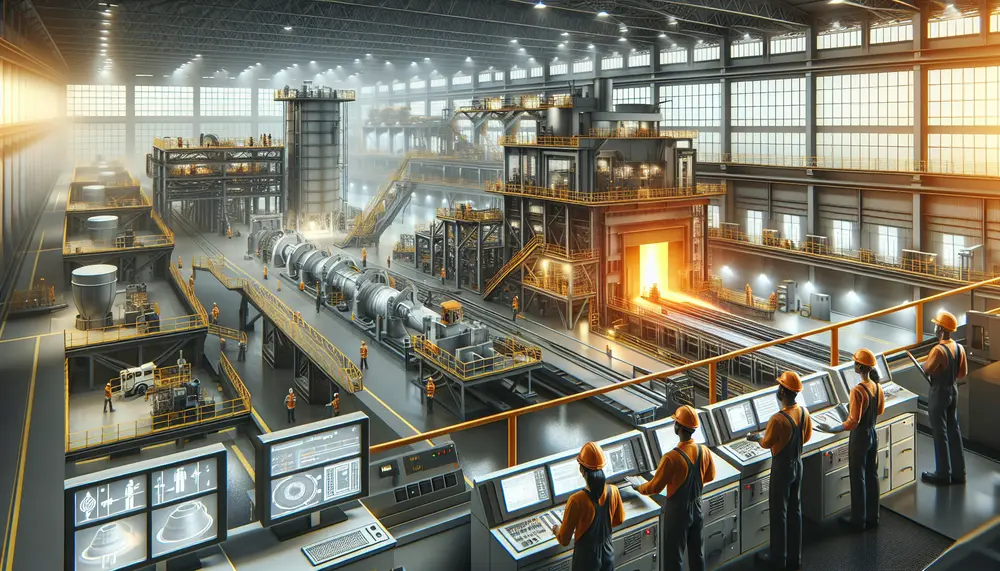
The article explains the importance of understanding a steelmaking flow chart, which outlines each step from raw material preparation to final products, aiding in efficiency and productivity. It details key components like raw materials (iron ore, limestone, coal), primary steps...
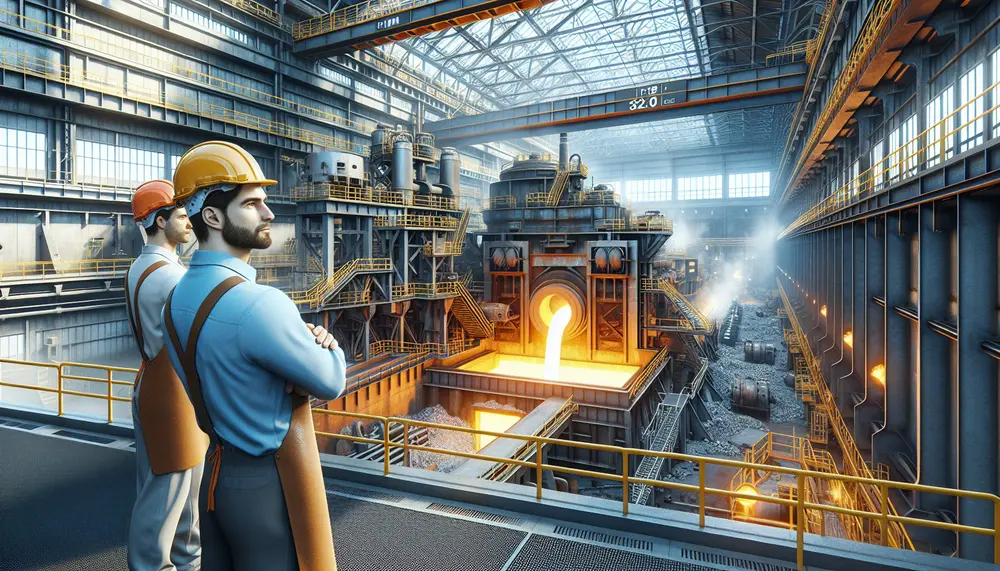
The VOD (Vacuum-Oxygen-Decarburization) steelmaking process is essential for producing high-quality stainless steel with very low carbon levels, crucial for applications like medical instruments and aerospace components. While it offers advantages such as enhanced decarburization and protection of alloying elements, its...
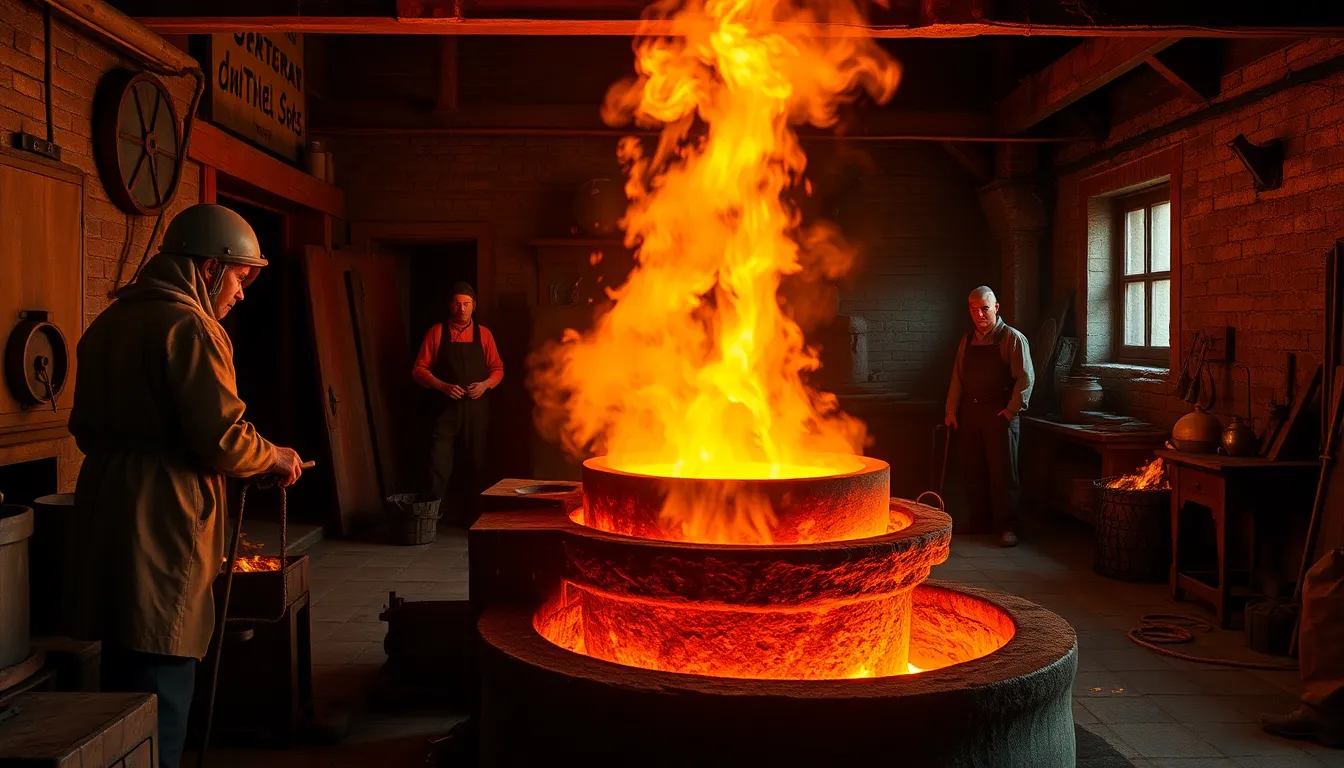
The article traces the evolution of steelmaking from ancient techniques to significant medieval innovations, highlighting early methods like iron carburization and bloomery processes that evolved into more efficient practices with the introduction of blast furnaces. It also covers Renaissance advancements...
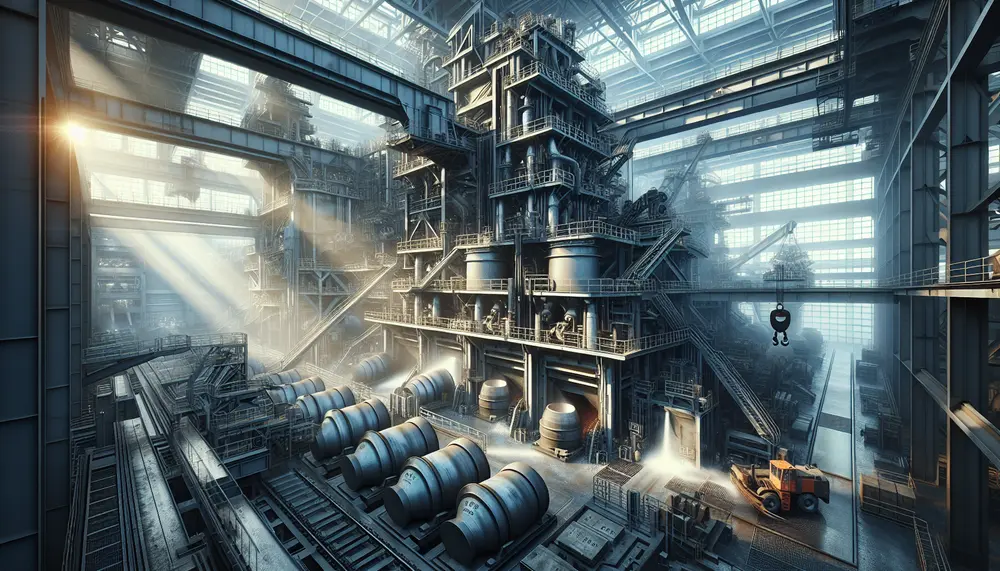
The steel making degassing process is essential for producing high-quality steel by removing dissolved gases like hydrogen, nitrogen, and carbon monoxide to prevent material defects. Vacuum degassing enhances the mechanical properties of steel, crucial for applications in construction and manufacturing,...
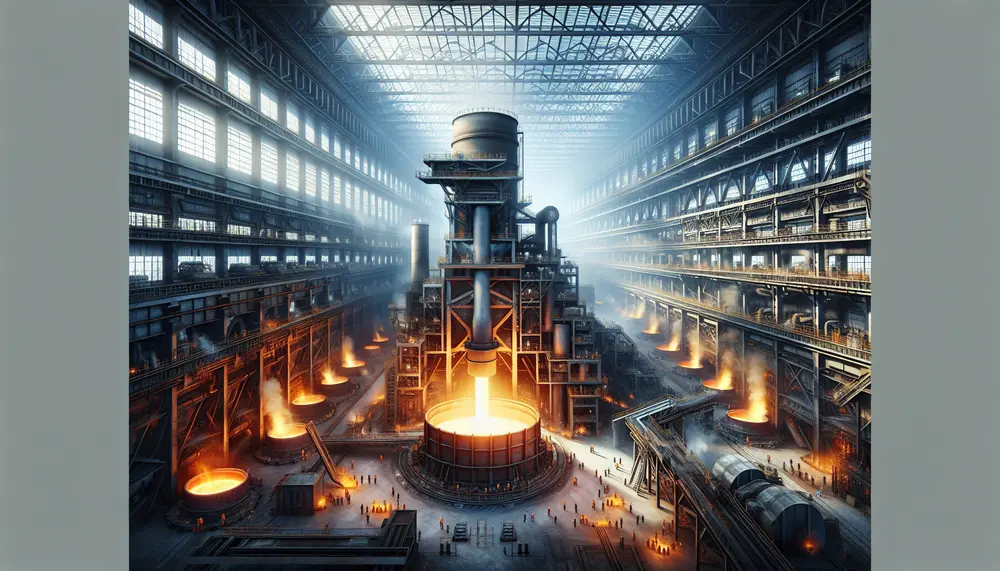
The article traces the history of steelmaking from early iron discoveries around 2,500 BCE to advanced techniques like Chinese cast iron production and Indian Wootz steel. It highlights key innovations such as smelting, forging by the Chalybes, and global influences...
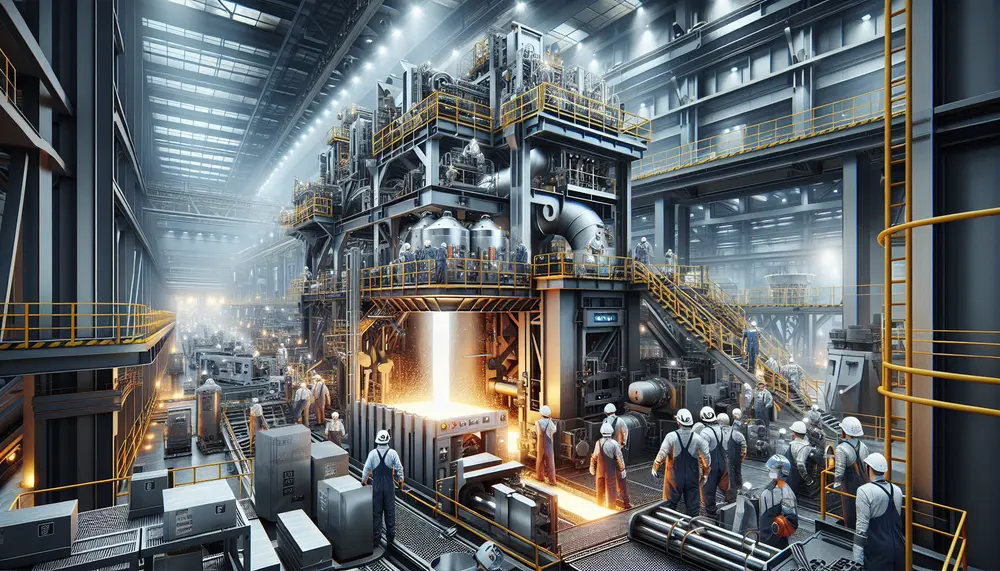
The Argon Oxygen Decarburization (AOD) process is essential in producing high-quality stainless steel by refining molten steel to reduce carbon content while preserving valuable alloying elements like chromium. This method, involving precise control of gas mixtures and temperatures during decarburization,...
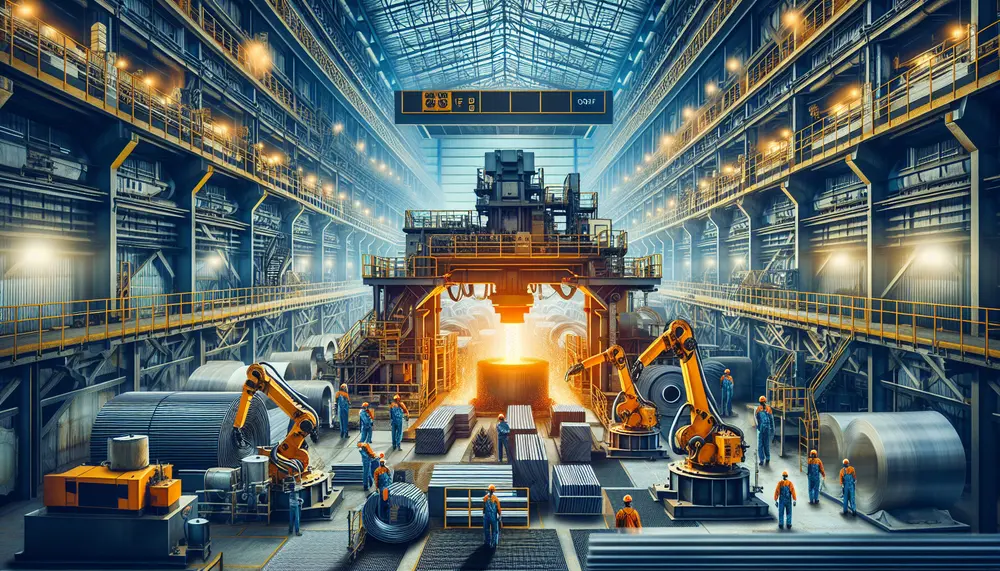
RH technology, initially developed for hydrogen removal in steel making, now plays a crucial role in secondary refining and purification to ensure high-quality steel production. Key advancements like oxygen lances, powder injection systems, the RH-TOP system, and modern vacuum pumps...
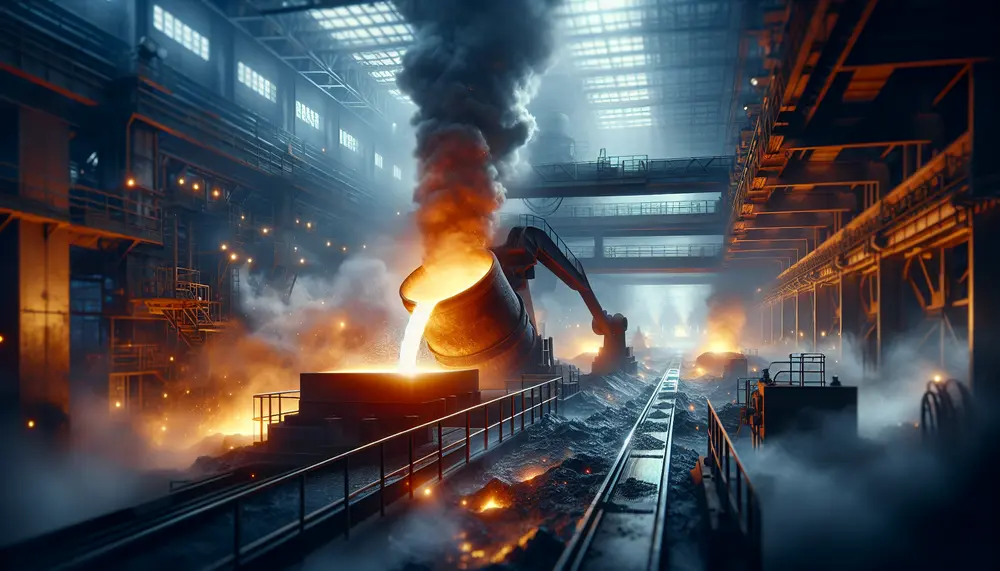
Secondary steelmaking refines and adjusts the composition of steel to meet specific standards, involving processes like deoxidation, desulfurization, decarburization, alloying, and degassing. It is crucial for producing high-quality steel with desired properties such as strength and corrosion resistance. The role of...
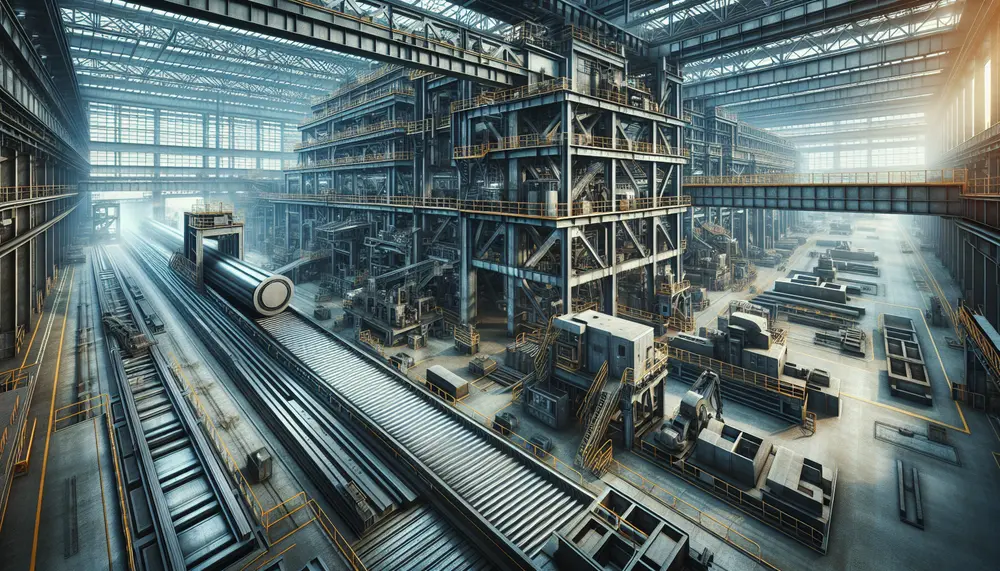
Steel manufacturing is a complex, multi-stage process that transforms raw materials into the durable metal essential for modern infrastructure. It begins with extracting iron ore and progresses through various phases including blast furnace operation and primary steelmaking methods like Basic...
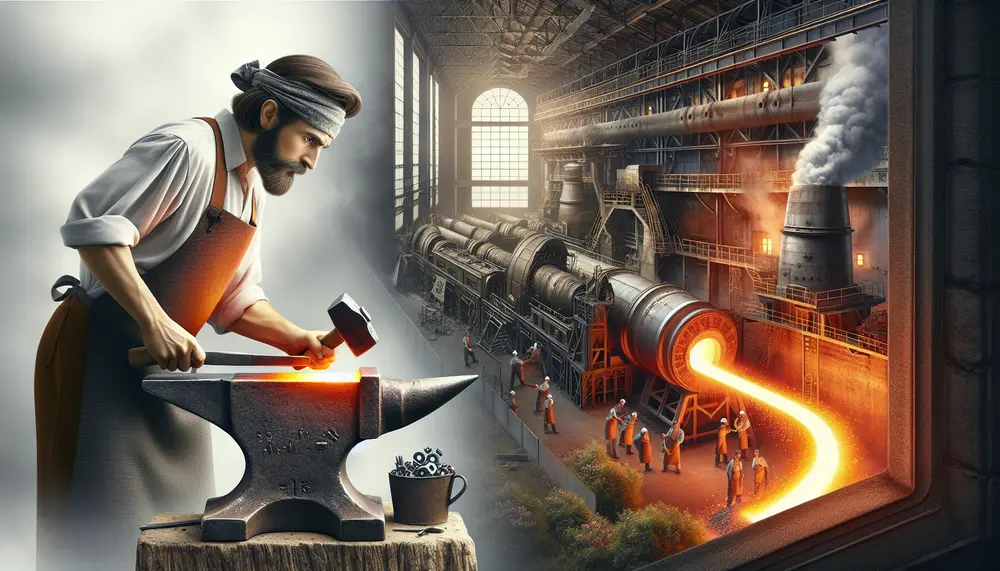
The article traces the evolution of steelmaking over nearly 4,000 years, highlighting key periods and innovations from ancient blacksmithing to modern techniques. It covers significant advancements such as Wootz steel in India, Chinese blast furnaces, medieval Damascus steel, and early...
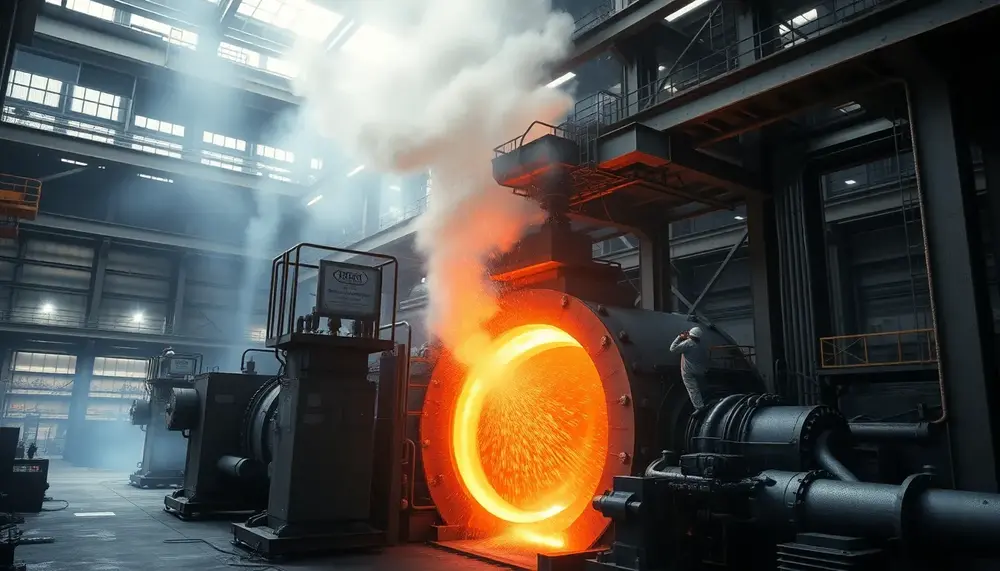
The steel making converter process is crucial for transforming raw materials into high-quality steel, accounting for 70% of global production through efficient and sustainable methods involving oxygen blowing to remove impurities....

